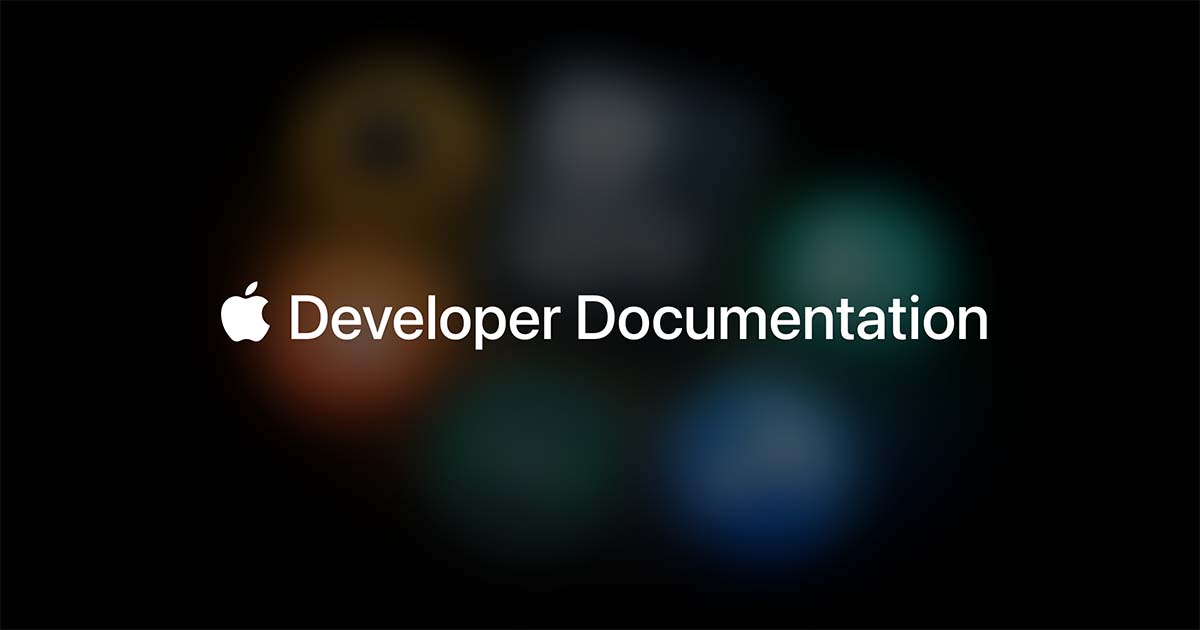Hi,
I am an artist who creates interactive video installations that are
controlled using a set of sensors, a microcontroller , computer and
video projector. Currently I am using MAX/MSP and Jitter to program
how information collected from the sensors then is used to manipulate
pre-recorded video footage.
I have been investigating Python as an alternative to using
MAX/MSP/Jitter to program the collection of information from the
sensors and the resulting video manipulation. I have not been able to
find information about manipulating video with Python, or collecting
information from a microcontroller . I have heard that I may need a
library of commands already written in C or C++. Does anyone have any
information about using Python with microcontroller s or manipulating
video? Ideas?
My current programming experience is limited to using MAX/MSP/Jitter
and Macromedia Director.
Thank you much for your time,
Olivia
I am an artist who creates interactive video installations that are
controlled using a set of sensors, a microcontroller , computer and
video projector. Currently I am using MAX/MSP and Jitter to program
how information collected from the sensors then is used to manipulate
pre-recorded video footage.
I have been investigating Python as an alternative to using
MAX/MSP/Jitter to program the collection of information from the
sensors and the resulting video manipulation. I have not been able to
find information about manipulating video with Python, or collecting
information from a microcontroller . I have heard that I may need a
library of commands already written in C or C++. Does anyone have any
information about using Python with microcontroller s or manipulating
video? Ideas?
My current programming experience is limited to using MAX/MSP/Jitter
and Macromedia Director.
Thank you much for your time,
Olivia




Comment